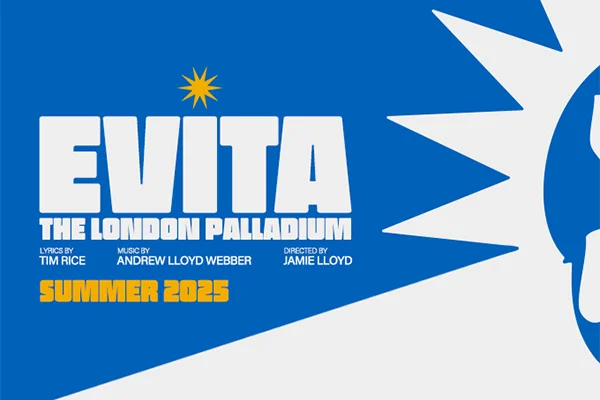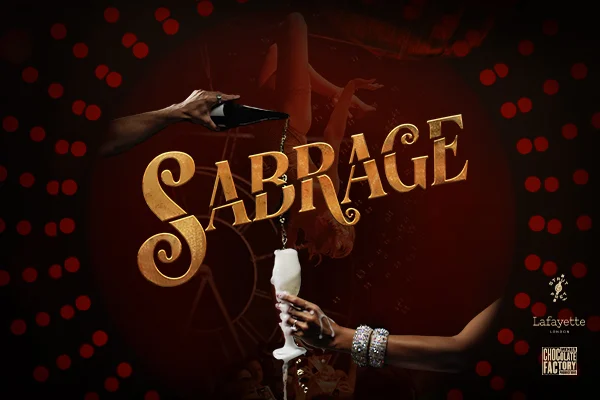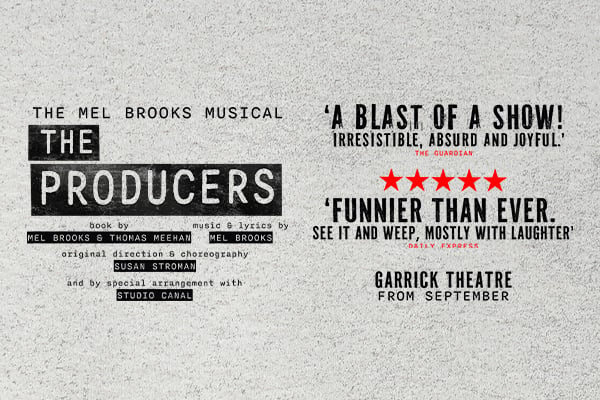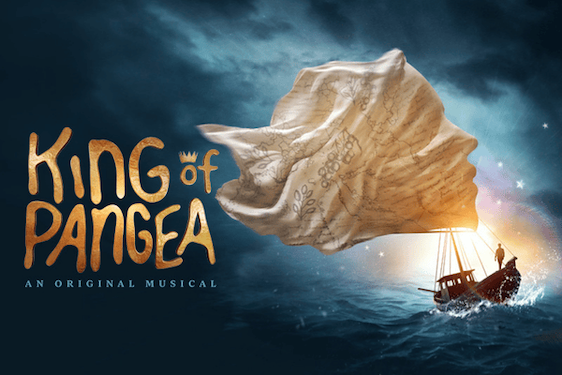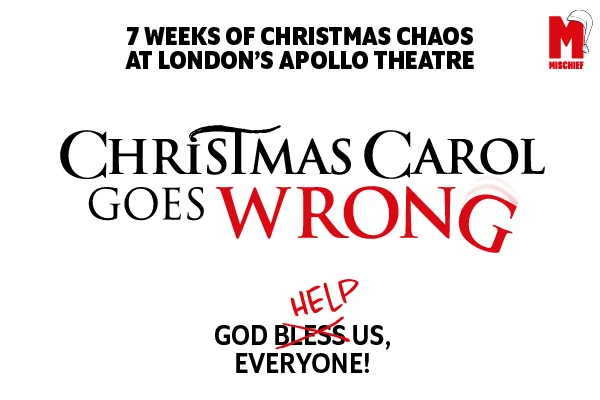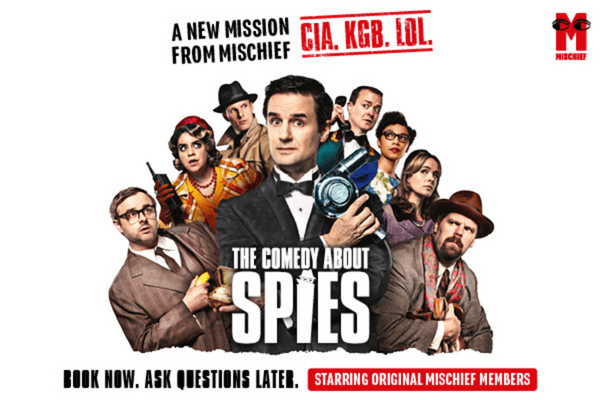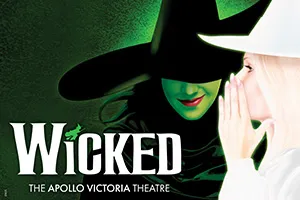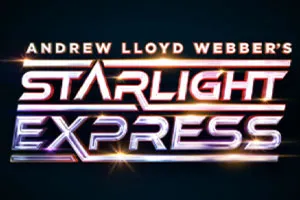The guidelines below are designed to help us find the press releases we need and extract the information we need from them. We receive thousands of press releases every year, so your help in making working with them easier is much appreciated.
On Broadway Baby, if your goal of sending a release is to get listed, remember you can add this information to Broadway Baby yourself for free, and if you're at a festival like Brighton or Edinburgh Fringe, we already have (or will have) your listing. Of course, not all publications offer this function, so the tips below will be useful for all media.
The first thing your should consider when creating your release is what you want it to achieve. Not a stupid question, as there are actually many types of press release which all serve a different purpose. Here are some of the most common ones:
- News Release
- Listings Info
- Photo Call
- Diary Piece
Each of these releases are constructed in different ways in order to maximise their effectiveness. You may be surprised to learn that 95% of the releases sent to us do not meet their objective. Most releases sent to us are hybrid news & listing info that we can't use.
Journalists Are (Very) Busy
Anything you do to make a journalist's life harder makes your chances of a release getting used a little less likely. Taking the most common type of release, the news story, as an example, when you read your release is it actually news or just an announcement that you're taking a show to a festival? As your show may be one of 3,500 shows going to a festival, that's not really news. What you've got to find is the 'story'. Have you cast someone of note? Is this a hotly anticipated show? Did you overcome a major challenge to make this show happen? Chances are there's a much more interesting spin on your story than just the fact you're staging a show.
Once you've found your angle, you should write your release as though a journalist has written it. Cut the flowerly language and focus on facts. Write it as though it could be simply copied and pasted into a quality newspaper. Make the job of the journalist in choosing to run your story a no-brainer.
There are long-standing rules about how to write a news release, although it seems even the best PRs have forgotten them. Your release should be written in a pyramid structure, so your first paragraph should summarise the whole story, and each further paragraph adds more detail - but the release could cut paragraphs from the bottom and lose none of the meaning. So don't try to tell a narrative or be mysterious in an attempt to make your release more interesting. Always imagine the journalist reading your release has another 3,000 to skim through, so if the first line hasn't told them what they need to know, the release isn't doing its job.
Do some research on the publications you're sending your release to. There really aren't that many normally active on the fringe, and you can at the very least categorise them into local news, listings, reviewers, nationals, TV and Radio. Each category will be looking for different stories, and won't thank you for sending them irrelevant info. In a festival such as Edinburgh your release will be one of more than 3,000. Spamming will quickly get you a reputation that means your release may not even be opened.
Don't send your release as an attachment, or - even worse - as a link to Facebook, et al. Any click you put between your press release and the journalist you want to read it is another chance that it won't be read. Don't litter your release with pull-quotes or other information that is unlikely to be published by your target media. Have the mindset that the person receiving it needs to copy / paste from top to bottom and paste next to your listing. What in your release would stop them doing that? Quotes from other publications between every paragraph probably would.
Broadway Baby has a dedicated team of feature writers, so we are always on the lookout for news-worthy content. If you write a release that catches our interest, we may commission one of our writers to interview you or your team to turn that into a larger article.
For reviews, we now allow you to attach your general show press release to your listing on Broadway Baby, accessible by the reviewing team in our scheduling system, Thistle. If your show is already listed on Broadway Baby then you just need to 'claim' the listing in order to edit it and add your release. You can also set your 'press night' (ie, the first night in your run you want press in). If your show isn't listed on Broadway Baby already, you can add your listing yourself and include the press information at the same time.
Listings Info
For Listings Info you should focus on the performance dates & times and location. Give the publication a thumbnail poster image and your marketing-blurb show description, but don't send high resolution image or spreadsheets - just give them the links so they can download that material themselves. For publications regularly involved with Brighton and Edinburgh Fringe like Broadway Baby listings info releases are unnecessary, as that data comes directly from the Fringe office. Check whether you need to send a release at all.
Photo Calls
Photo Calls are useful for national newspapers with their own picture desk and freelance photographers. They are less interested in what your show is about and more in what they can expect to get a picture of, so if you're organising a photo call describe the scene, people involved and location. Broadway Baby doesn't have a picture desk, so we don't need this type of release.
Diary Pieces
Diary Pieces are snippets of news that wouldn't justify a full news release, such as a performance being cancelled because and actor got stuck in a lift or a celebrity turning up to watch the show. Check which publications run columnists, as they are your most likely target for a diary piece. Broadway Baby doesn't currently have columnists, so we don't need these kind of releases.
Notes To Editors
All release types should include a 'Notes To Editors' section which isn't intended for publication but gives the journalist some background on who you are and what the show is. You should also include contact information so that if you've garnered interest in your story we have someone to call or email for photos or more quotes.
Attachments
No, seriously, don't include them. We get something like 5,000 releases over a typical Fringe and if they all had a 1MB attachment we'd have to constantly upgrade the hosting requirements with our ISP, plus dealing with large attachments while mobile is not easy. One theatre company (no names) recently sent us two releases within a week that weighed in at over 100MB. We deleted them. Nothing personal, but they make our life hell.
Who to send to?
Chances are your target media will publish the email address they prefer to receive releases at. In our case it's [email protected]. An email without a specific name should be a clue that it's a forwarding address to the people in the organisation that pick through releases for the stories. Please, even if you have the direct address of the publisher, editor or cleaning lady, when a publication gives you an address to send a release to, do not send to other contacts you make have at the same outlet. I often end up with multiple copies of the same release and when I'm looking at a list of 100 releases to be scanned that may be all the excuse I need to delete all the dupes. You may think the more-is-better approach is the way to go, but it may also just hurt your chances.
Don’t send newsletters or similar material intended for a general audience to the press. We often get auto-subscribed to your mailing lists, and to be honest this causes us more hassle weeding out the actual press information. We will unsubscribe.
We'd don't monitor Twitter DM or Facebook private messages - so our email is the best way to get in touch with us. We also encourage you to take a look at our Fringe Marketing Guide for comprehensive insights on how to sell your show at the Fringe.






